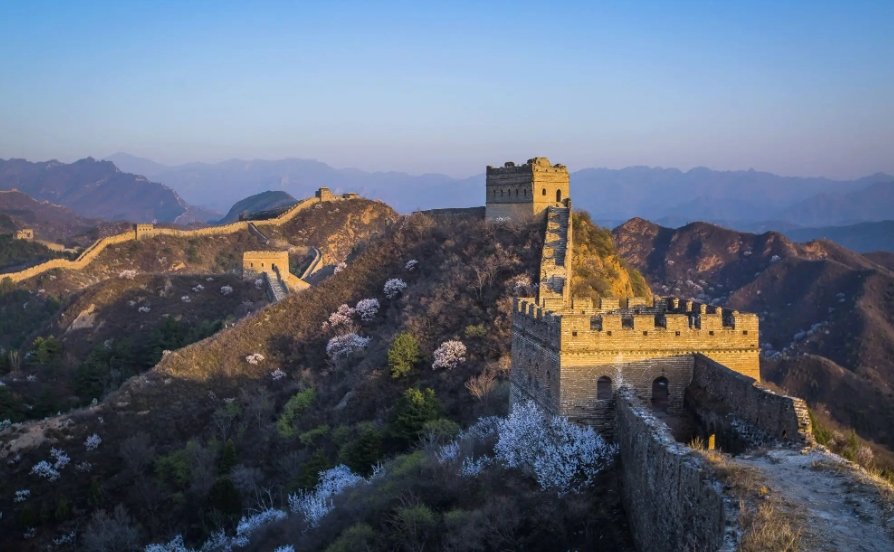
Is the Great Wall of China Beautiful?
The Great Wall of China, a UNESCO World Heritage site and one of the New7Wonders of the World, is undeniably a marvel of human ingenuity. Snaking across mountains, deserts, and grasslands for thousands of miles, it stands as a testament to Chinese history and resilience. But beyond its historical significance, a question often arises: Is the Great Wall of China truly beautiful? The answer, unequivocally, is yes. However, its beauty transcends mere aesthetics and lies in the unique interplay of history, architecture, and natural grandeur.
Architectural Prowess:
The Great Wall's beauty begins with its awe-inspiring architecture. Constructed over centuries, it showcases diverse building styles and materials, reflecting the evolving dynasties and technological advancements. From the meticulously crafted brickwork and imposing watchtowers of the Ming Dynasty sections near Beijing to the rugged stone fortifications winding through remote mountain passes, each section possesses its own distinct charm. The sheer scale and ambition of the wall, stretching as far as the eye can see, evoke a sense of wonder and admiration for the countless hands that built and maintained it.
A Tapestry of Landscapes:
Adding to its beauty is the breathtaking scenery that unfolds along its path. The Wall meanders through diverse landscapes, offering captivating vistas at every turn. Imagine standing atop a watchtower, gazing upon the Wall as it snakes through lush green valleys and disappears into distant, mist-shrouded peaks. Picture the sun setting over the Gobi Desert, casting golden hues upon the ancient stones, creating a scene of mesmerizing beauty. Whether surrounded by verdant forests, rugged mountains, or desolate deserts, the Great Wall blends harmoniously with its natural surroundings, creating a visual spectacle that captures the imagination.
Whispers of History:
Beyond its physical presence, the Great Wall resonates with a profound historical significance that adds another layer to its beauty. Each stone, each watchtower, and each crumbling battlement whispers tales of emperors and soldiers, invasions and defenses, victories and sacrifices. Standing on the Wall, one can almost hear the echoes of the past, feel the weight of history, and understand the human stories etched into its very foundation. This tangible connection to the past elevates the Wall from a mere structure to a living monument, imbued with meaning and emotion.
Experiencing the Beauty:
The true beauty of the Great Wall lies not just in observing it but in experiencing it firsthand. Hiking along its ramparts, feeling the ancient stones beneath your feet, and absorbing the panoramic views is an experience that transcends mere sightseeing. It's about connecting with history, immersing yourself in the surrounding nature, and appreciating the human spirit that conceived and constructed this architectural masterpiece.
In Conclusion:
The Great Wall of China is undeniably beautiful. Its beauty is a captivating blend of architectural prowess, diverse landscapes, and a rich tapestry of history. It's a testament to human ambition, ingenuity, and resilience, inviting visitors to explore its wonders and discover its beauty for themselves.
Q&A:
1. What is the best time of year to visit the Great Wall?
The best time to visit is during spring (April-May) or autumn (September-October) for pleasant weather and fewer crowds.
2. Which section of the Great Wall is the most beautiful?
Each section has its own unique beauty. For restored sections and easy access, Badaling and Mutianyu are popular. For a more rugged and less crowded experience, consider Jinshanling or Simatai West.
3. What should I wear when visiting the Great Wall?
Wear comfortable shoes suitable for walking and hiking. Dress in layers as the weather can be unpredictable, and don't forget sunscreen, a hat, and plenty of water.
note: This return of all, without the author's permission, may not be reproduced